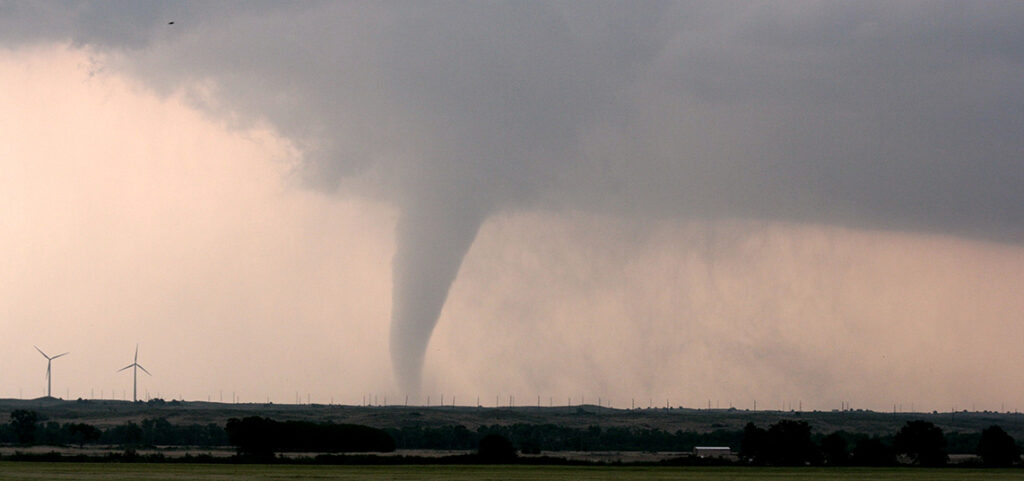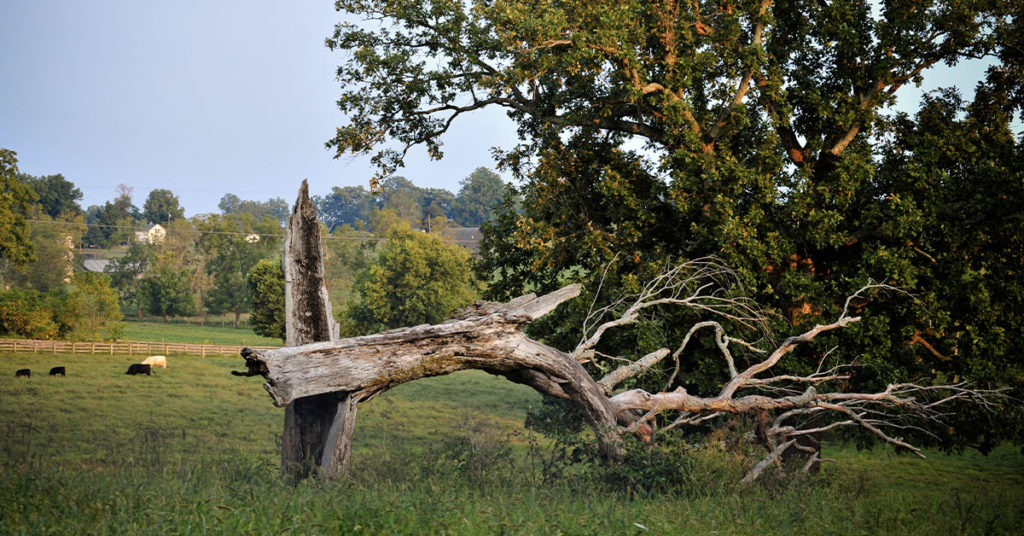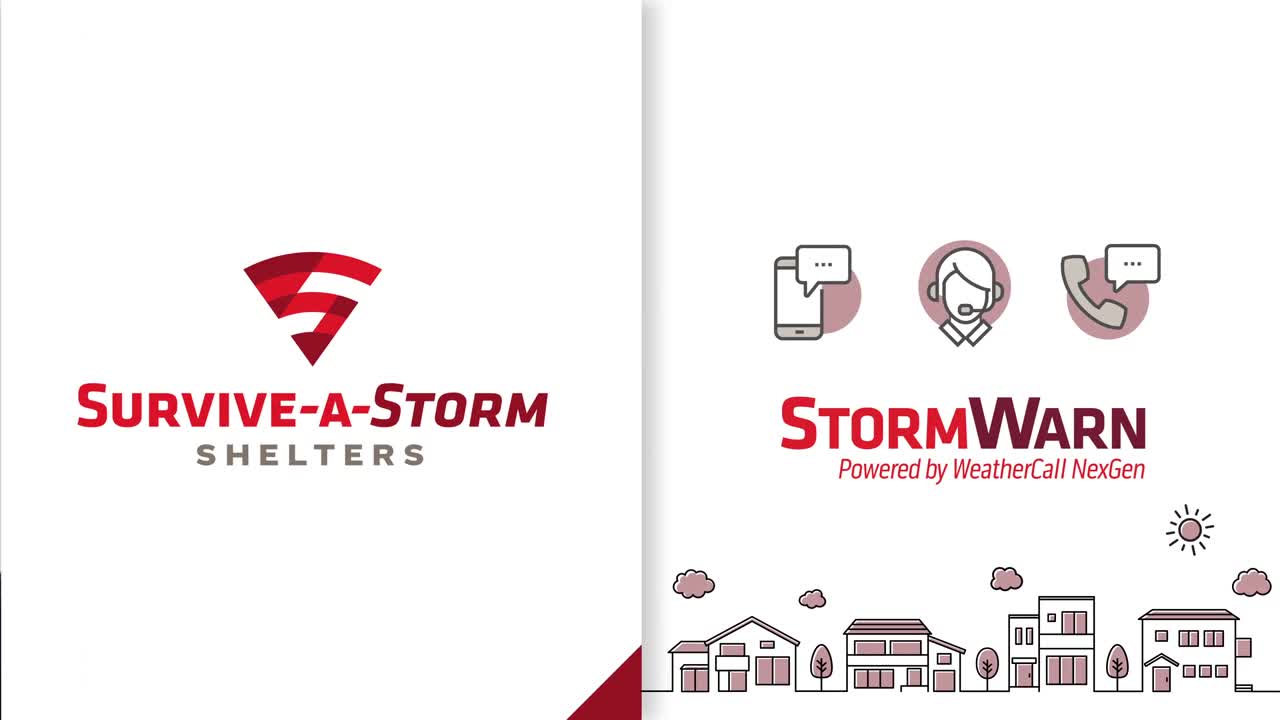In the US, there are two “alleys” when it comes to tornadoes: Tornado Alley, in the Great Plains, and Dixie Alley, in the Southeast. Kentucky borders both of these regions, and is itself prone to tornadoes. Here are some quick facts about tornadoes in Kentucky:
- Since 1950, there have been over 1,500 tornadoes reported in Kentucky.
- The deadliest tornado in Kentucky history occurred on March 2, 2012, when an EF-4 tornado struck the town of West Liberty, killing 6 people and causing widespread damage.
- Another devastating tornado outbreak occurred on April 3, 1974, when 31 tornadoes touched down in Kentucky, killing 81 people and injuring over 1,000.
- The largest tornado ever recorded in Kentucky occurred on April 3, 1974, and had a path width of 1.5 miles.
- The most active month for tornadoes in Kentucky is April, followed by May and June.
- The average number of tornadoes per year in Kentucky is around 21.
- In 2020, Kentucky experienced 35 tornadoes, the highest number of tornadoes in a single year since 2011.
- The Enhanced Fujita scale (EF-scale) is used to rate the intensity of tornadoes in Kentucky and other states.
- Despite the risks, Kentucky does not have a statewide tornado warning system, and many residents rely on local news and weather alerts to stay informed about tornado threats.
Documented Kentucky tornadoes since 1950
Preparing for Tornadoes in Kentucky
Tornadoes are a common occurrence in Kentucky and can strike with little to no warning, causing widespread devastation and loss of life. As such, it is vital that individuals, families, and communities take the necessary steps to prepare for these severe weather events.
One of the most important steps in tornado preparation is to have a plan in place for what to do in the event of a tornado warning. This plan should include identifying a safe location, such as a basement or interior room on the lowest level of a building, and practicing drills to ensure that everyone knows what to do in case of an emergency. Some families choose to install a residential tornado shelter, which can be accomplished either underground, or above-ground. Business owners should also consider adding a commercial tornado shelter to protect themselves and their teams during working hours. It is also important to know when to come out of the tornado shelter and to have a designated meeting place outside of the home or building, in case family members become separated during the storm.
In addition to having a plan, it is important to stay informed about weather conditions and tornado warnings. This can be done through local news and weather alerts, as well as through smartphone apps that provide real-time alerts and updates. It is important to take tornado warnings seriously and to seek shelter immediately, as even a small delay can be life-threatening. There are now location-based tornado alert systems, like StormWarn, which warn you when a dangerous tornado is near your home and you should take shelter.
Preparing for tornadoes also means taking steps to secure homes and property. This can include reinforcing doors and windows, removing dead or weakened trees, and securing outdoor objects that can become projectiles in high winds.
Finally, it is important to have an emergency kit on hand, including basic supplies such as water, non-perishable food, first aid supplies, and flashlights. This kit should be easily accessible in case of a sudden evacuation or prolonged power outage.
By taking proactive steps to prepare for tornadoes, Kentuckians can ensure their safety and the safety of those around them.

Finding Shelters Near Me in Kentucky
The best way to find public tornado shelters is to contact your local agency or your county government office. They should be able to provide you with a list of public shelters in your area. (If there are any.)
The Kentucky Emergency Management website provides information on emergency preparedness, including tornado shelters. You can also check the website of your local news station or newspaper, which may have a list of public shelters in your area.
Another option is to use smartphone apps that provide real-time information on weather conditions and tornado warnings, such as the FEMA app and the Red Cross Tornado app. These apps may also provide information on public tornado shelters in your area.
It is important to note that not all communities in Kentucky have public tornado shelters, and that the availability of shelters may vary depending on the location and severity of the tornado threat. As such, it is important to have a personal plan for tornado preparedness, including identifying a safe location in your home or building, in case public shelters are not available or accessible during a severe weather event. The best plan for home preparation is to add a residential tornado shelter, where you can protect all members of your family, including pets, and you can be sure that those with limited mobility have no problems getting into or out of the shelter.
Kentucky Tornado Safety Tips
- Pay attention to weather forecasts and tornado warnings, and take them seriously. If a tornado warning is issued, seek shelter immediately. To avoid feeling like you’re sheltering unnecessarily, some choose to use a tornado alert system, like StormWarn.
- Identify a safe location in your home or building, such as a basement, interior room on the lowest level, or a storm shelter. Make sure everyone in your household knows where this location is and practices tornado drills.
- If you are outside or in a vehicle and a tornado is approaching, seek shelter in a sturdy building if possible. Avoid taking shelter under bridges or overpasses, as these can create dangerous wind tunnels. If no shelter is available, lie flat in a ditch or low-lying area and cover your head with your hands.
- Stay away from windows and exterior walls during a tornado, as these can easily break and become hazards.
- If you are in a high-rise building during a tornado, move to a lower level or interior room and stay away from windows.
- If you are in a mobile home during a tornado, leave and seek shelter in a sturdy building if possible. If no shelter is available, lie flat in a ditch or low-lying area and cover your head with your hands.
- After the tornado has passed, be cautious when leaving your shelter and watch out for hazards such as downed power lines and debris.
- Stay informed about weather conditions and any updates or warnings from local authorities.
- Have an emergency kit on hand, including basic supplies such as water, non-perishable food, first aid supplies, and flashlights.
By following these tornado safety tips, you can help ensure your safety and the safety of those around you during severe weather events in Kentucky.

Frequently Asked Questions About Tornados and Shelters in Kentucky
Q. What types of public tornado shelters are available in Kentucky?
A. Public tornado shelters in Kentucky can include community storm shelters, schools, and designated safe rooms in public buildings. Some large retail businesses may also open their tornado shelters to the public. It’s best to contact them ahead of time, if that’s part of your tornado preparedness plan.
Q. How can I find a tornado shelter near me in Kentucky?
A. You can find a tornado shelter near you in Kentucky by contacting your local emergency management agency or by checking the American Red Cross website.
Q. Are there public tornado shelters that allow pets in Kentucky?
A. Some public tornado shelters in Kentucky do allow pets, but it is best to check with the shelter ahead of time to confirm their policy. The best way to guarantee their safety is to plan for them when you add a tornado shelter to your home.
Q. How many tornado shelters are in Kentucky, and where are they located?
A. The number and location of tornado shelters in Kentucky vary by community. Contact your local emergency management agency for more information.
Q. Can I retrofit my home or building to create a tornado shelter in Kentucky?
A. Yes, it is possible to retrofit your home or building to create a tornado shelter in Kentucky. It is recommended to consult with a professional to ensure the structure meets safety standards.
Q. What are the requirements for a public tornado shelter in Kentucky?
A. Public tornado shelters in Kentucky must meet specific safety requirements outlined by the Federal Emergency Management Agency (FEMA) and local building codes. They would also be guided by the Americans with Disabilities Act (ADA).
Q. How often are tornado shelters inspected and maintained in Kentucky?
A. Tornado shelters in Kentucky are inspected and maintained regularly (at least annually) to ensure they meet safety standards.
Q. Are there any free or low-cost tornado shelters in Kentucky?
A. Some communities in Kentucky offer free or low-cost tornado shelters. Contact your local emergency management agency for more information.
Q. What should I bring with me to a tornado shelter in Kentucky?
A. It is recommended to bring a small supply of food, water, medication, and personal hygiene items, as well as any necessary items for children. If you are sheltering in your own residential tornado shelter, you can keep these items in the shelter, as well as necessities for your pets.
Q. How do tornado shelters in Kentucky accommodate individuals with disabilities or special needs?
A. Tornado shelters in Kentucky must comply with the Americans with Disabilities Act (ADA) and have accommodations for individuals with disabilities or special needs. Contact your local emergency management agency for more information.

Know when severe weather is about to strike and when it's time for you to take shelter with our StormWarn texting program.

Emergency Management Offices in Kentucky
Contact your local emergency management office directly for the most accurate information.
For more detailed information and resources, visit:
Stay safe, and ensure you have an emergency plan in place.


